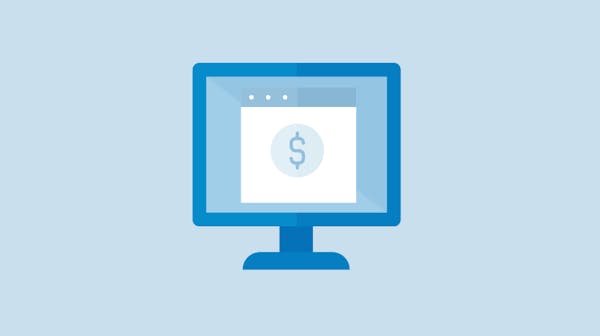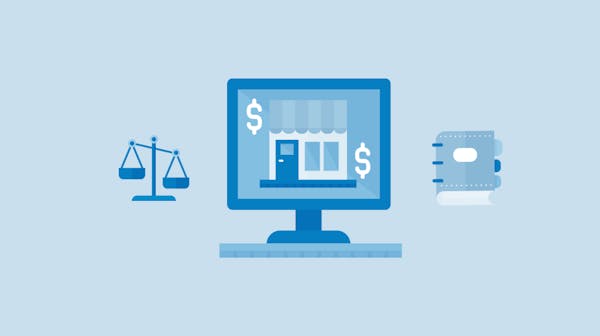What does a business owner think when they come across the term, what is an invoice payment? Fundamentally, what is an invoice payment? It's the process where a client remits payment for services or goods as stated on an invoice. But there is a catch—properly understanding and executing invoice payments can significantly influence a business's cash flow and professionalism.
Understanding Invoice Payments: Definitions and Roles
To build a foundation in business financial literacy, one must grasp the essence of an invoice payment. Essentially, it's the transfer of funds that settles a bill or invoice sent by a service provider to a client or a vendor to a buyer. Engaging in this transaction implies a binding acknowledgment from the buyer's side to cover the cost of services or goods received.
Example: A graphic designer issues an invoice to their client after delivering completed artwork. The invoice details the project, the amount due, and the payment deadline.
Essential Components of an Invoice
The effectiveness of an invoice is in the details it carries. Ensuring these key elements are present and correctly displayed can make the difference in how quickly you get paid. These are the following elements::
- Your business's contact information
- The client's contact information
- Precise details of the service or products provided
- The total amount payable, including any taxes or fees
- The due date for payment or payment terms
A professionally designed invoice, complete with clear labeling and organized content, speaks volumes of your business’s credibility. Incorporating a simple, branded layout can reinforce professionalism and trustworthiness.
How to Set Payment Terms on Your Invoice
The payment terms are foundational to managing expectations and cash flow. Utilize phrases such as 'Net 30' to indicate payment is due 30 days from the invoice date or '2/10, Net 30' to suggest a 2% discount if paid within 10 days. This clarity can prevent misunderstandings and incentivize faster payment.
Tip: Offering small discounts for early payment can accelerate the process and effectively improve your business’s cash flow.
Choosing the Right Payment Methods
To streamline your billing process even further, consider utilizing an online invoicing system. This allows you to create professional invoices directly in your browser within minutes - no need to download any software. Make the paying process hassle-free by including all necessary details on the invoice, such as your business’s bank information for wire transfers or a clickable link to a payment platform for online payments.
Tip: Clearly state on the invoice if certain methods are preferable or incentivized, guiding the client towards the most convenient options for both parties.
Strategies for Managing Late Payments
When payments delay, balancing tact and assertiveness is key. Outline your approach to overdue payments directly on your invoice. Politely send payment reminders after the due date has passed and specify any late payment fees or interest charges
Example: "We noticed that the payment for invoice #12345, due on April 10, has not been received. We kindly remind you that a payment within the next 5 days will prevent a late fee of 2% from being applied."
Recap and Next Steps
In conclusion, a thorough understanding of what an invoice payment entails, and managing these efficiently, is essential for any business's financial health. By following these detailed steps, you can craft invoices that not only demand attention but encourage prompt action. Embrace these practices and take another step towards optimizing your business transactions.




